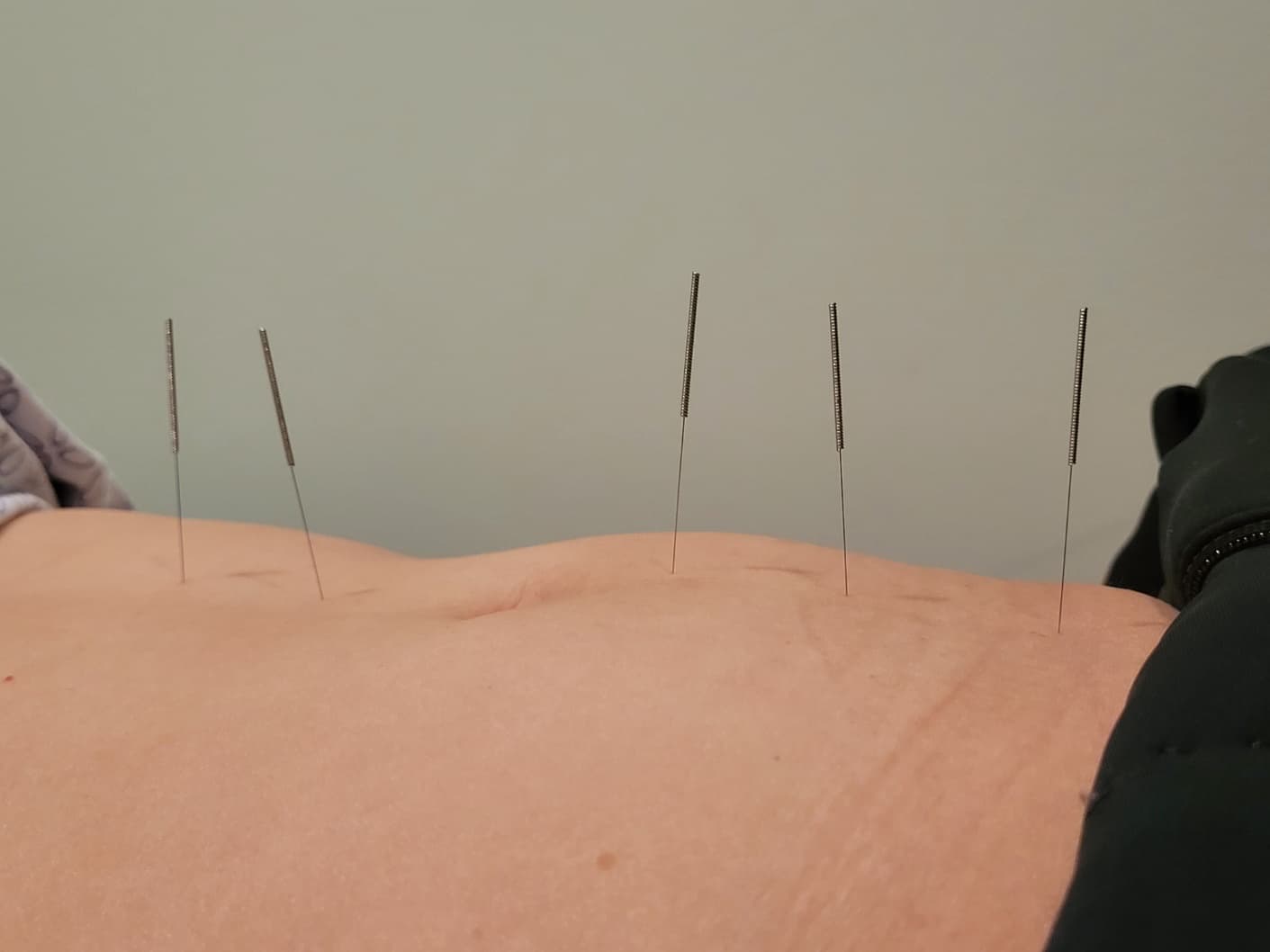Acupuncture Treatment
Acupuncture is a technique of inserting and manipulating fine filiform needles into specific points on the body to relieve pain or for therapeutic purposes. The word acupuncture comes from the Latin acus, “needle”, and pungere, “to prick”. Acupuncture, simply stated, is a health science which is used to successfully treat both pain and dysfunction in the body. Acupuncture has its roots deeply planted in China.
In fact, authorities agree the science is between 5,000 and 7,000 years old. Physicians once discovered there is an energy network traversing just below the surface of the skin which communicates from the exterior to the internal organs and structures over 1,000 “Acupoints” on the body. This energy works in harmony with the body’s circulatory, nervous, muscular, digestive, genitourinary and all other systems of the body. When this vital energy becomes blocked or weakened, an effect in a body system or anatomic location becomes evident. Stimulation of one or a combination of key “Acupoints” on the body may restore harmony to the affected area. Historians have stated, “More people have benefited from Acupuncture over the course of fifty centuries than the combined total of all other healing sciences, both ancient and modern.”
There is general agreement that acupuncture is very safe when administered by well-trained practitioners using sterile needles. There are many researches and studies that were published by WHO. (Please click documents below to see more information.) World Health Organization (WHO) list of health conditions treatable by acupuncture. World Health Organization (WHO) full report.


